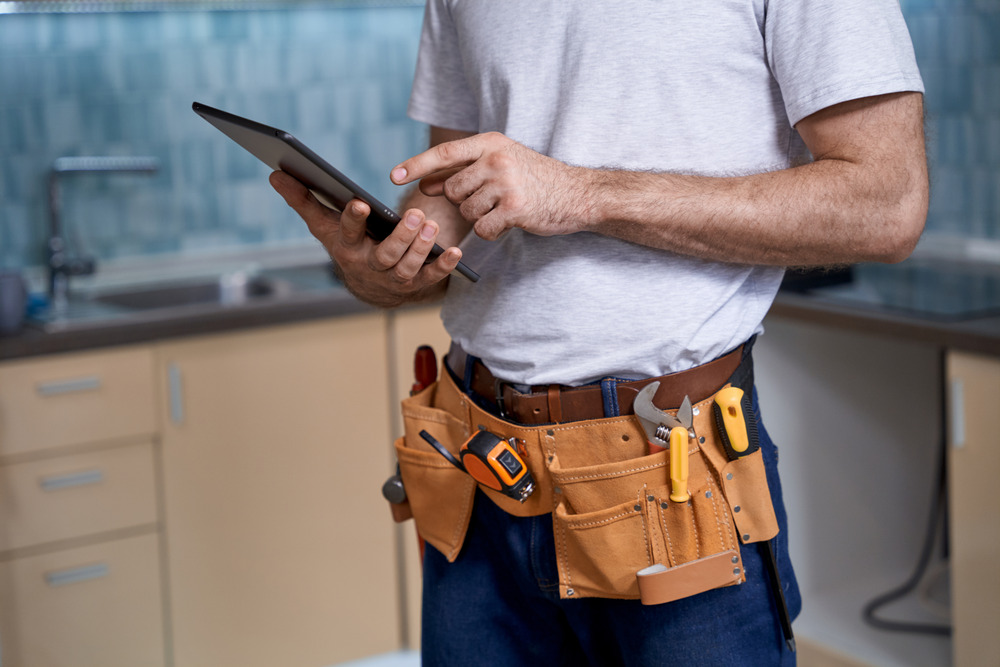Tim Darwall-Smith, Director, SBA Property Management

Repairs and maintenance work are the inevitable necessities that come with owning a property.
Under the Landlord and Tenant Act 1985, there is a legal obligation for landlords and property managers to ensure that repairs are carried out once the tenant has reported a defect.
Although it can be a daunting responsibility to bare, it is the landlord’s prerogative to ensure repairs are undertaken in a timely manner and that living conditions remain safe and habitable for tenants.
At SBA, we have over 40 years of experience in property and block management services, so are experienced in our understanding of the challenges landlords and tenants face when it comes to repairs and maintenance. So, what’s our advice for improving your standard of service for tenants?
Understand the state of affairs with repairs
The first step in handling building repairs and maintenance works is understanding the legal responsibilities of being a landlord. UK law advises that landlords are always legally responsible for primarily repairing and maintaining their property’s structure and exterior, heating, and hot water, gas appliances and more.
With a long list of responsibilities, it can prove difficult to keep up with the status of repairs and maintenance requests – a frustrating process for both the landlord and tenant. Survey results report that 40% of private tenants said requested works were completed within three days, however, on average across the UK, it takes 10 days for the work to be completed.
Introduce cloud-based software
Integrating property technology, known as PropTech, into your property management services can really streamline processes. In recent years, PropTech has evolved significantly, with one of the major advancements being cloud-based software. This allows landlords to track maintenance issues from anywhere in the world, amongst other uses.
Through the implementation of this technology, landlords can ensure they will never lose track of an open maintenance request to ensure timely repairs, which should lead to a reduction in the 10-day average repair time frame.
Online systems can also notify landlords when inspections are due, to ensure these remain regular and up to date as well as retain an accurate record of maintenance issues.
Advance your automation
Automating aspects of the repairs and maintenance process is one of the best ways to improve efficiency and make your property self-sustainable.
For example, introducing an online portal to report maintenance and repair requests would greatly improve the client experience by making the process quicker and allowing them to report an issue at any time of the day or night – whenever an incident occurs.
Online portals can also support residents in identifying and diagnosing the issue if they are unsure of the cause. That’s why we’ll be introducing our own, personalised tenant portal to ensure a quicker and easier process for our leaseholders, improving their overall experience.
Connect your property
Let your technology do the work for you. With the installation of smart technology in your property connected by the Internet of Things (IoT) – the collective network of connected devices and the technology facilitating communication between them – much of the risk of human error is eliminated.
Smart tech also allows appliances to become self-sustaining and self-diagnose an issue- potentially before the tenant would realise. This also means the technology is less likely to have faults, meaning repairs are required less often.
57% of homes in Britain have a smart device in their home, with 8% having at least two, showing an upwards trend in people integrating IoT into their everyday lives. Therefore, it would be extremely beneficial for landlords to become fluent in smart technology to keep up with property trends and understand how to make the technology work best for them.
At SBA Property Management, we understand that repairs and maintenance may come out of the blue, so we want to ensure that our leaseholders and landlords feel confident in knowing how best to handle requests, whenever they arise.
Through the adoption of the above recommendations, landlords will be able to improve their quality of service, striving to maintain excellent tenant relationships.